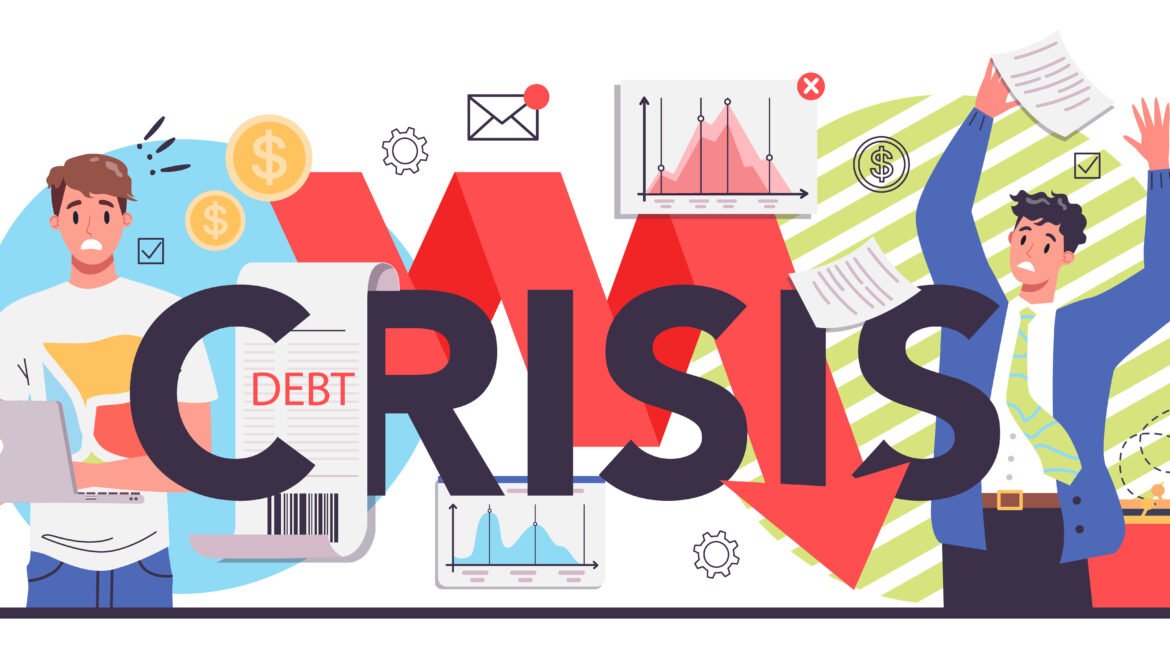In today’s fast-paced, interconnected world, the landscape of crisis management has evolved dramatically. Digital platforms and social media have transformed how information is disseminated and consumed, making it imperative for public relations (PR) professionals to adapt their strategies accordingly. Here’s a look at how crisis management has changed in the digital age and what PR professionals can do to navigate these challenges effectively.
The Digital Age and Its Impact on Crisis Management
Speed of Information Dissemination
- The digital age has exponentially increased the speed at which information spreads. News, whether true or false, can go viral in a matter of minutes, making timely responses crucial. PR professionals must monitor digital platforms continuously to stay ahead of potential crises.
Amplified Public Scrutiny
- Social media has given everyone a voice, and public scrutiny is more intense than ever. A single negative comment can snowball into a full-blown crisis if not addressed promptly and appropriately. Transparency and accountability are key in maintaining public trust.
Multiple Channels of Communication
- With numerous digital platforms available, information is disseminated through various channels simultaneously. PR professionals need to ensure a consistent message across all platforms to avoid confusion and misinformation.
Data-Driven Decision Making
- Digital tools provide access to real-time data and analytics, enabling PR professionals to make informed decisions quickly. Monitoring tools, sentiment analysis, and engagement metrics help in assessing the impact of a crisis and adjusting strategies accordingly.
Strategies for Effective Crisis Management in the Digital Age
Proactive Monitoring and Preparedness
- Implementing robust monitoring tools to track mentions, hashtags, and keywords related to your brand is essential. Being aware of the digital conversation around your brand allows for early detection of potential issues.
Develop a Crisis Communication Plan
- A well-thought-out crisis communication plan should outline roles, responsibilities, and procedures for different types of crises. This plan should be regularly updated to incorporate new digital channels and tools.
Swift and Transparent Responses
- Speed and transparency are critical in the digital age. Acknowledge the issue promptly, provide accurate information, and communicate the steps being taken to resolve the crisis. This helps in building trust and mitigating negative fallout.
Engage with Your Audience
- Engaging directly with your audience on social media can humanize your brand and show that you care about their concerns. Respond to comments and questions in a timely manner, and consider hosting live Q&A sessions to address issues in real-time.
Leverage Influencers and Advocates
- Influencers and brand advocates can play a crucial role in shaping public perception during a crisis. Collaborate with trusted voices to spread positive messages and counteract negative narratives.
Evaluate and Learn
- After the crisis has been managed, conduct a thorough evaluation of the response. Analyze what worked, what didn’t, and why. Use these insights to refine your crisis management strategies for the future.
Conclusion
Crisis management in the digital age requires PR professionals to be more agile, transparent, and responsive than ever before. By leveraging digital tools, maintaining a proactive approach, and engaging authentically with the audience, brands can navigate crises effectively and emerge stronger. In a world where digital platforms dominate the conversation, mastering these strategies is crucial for sustaining a positive brand reputation.
